Almost two months to the day since since George Floyd was killed and away from the media spotlight, protesters in cities across the country continue to pound the pavement.
Even if there aren’t tens of thousands of people flooding the streets as they did at the beginning of the summer, the demonstrators carry on – unafraid of police presence and unrelenting in the face of potential coronavirus infections.
Each has their own reason. Some personally experienced the sting of police brutality. Some demand things need to change.
For their unique motivations, all of them agreed – this work has become a vital part of who they are.
Here are three reasons why they still march.
To maintain momentum
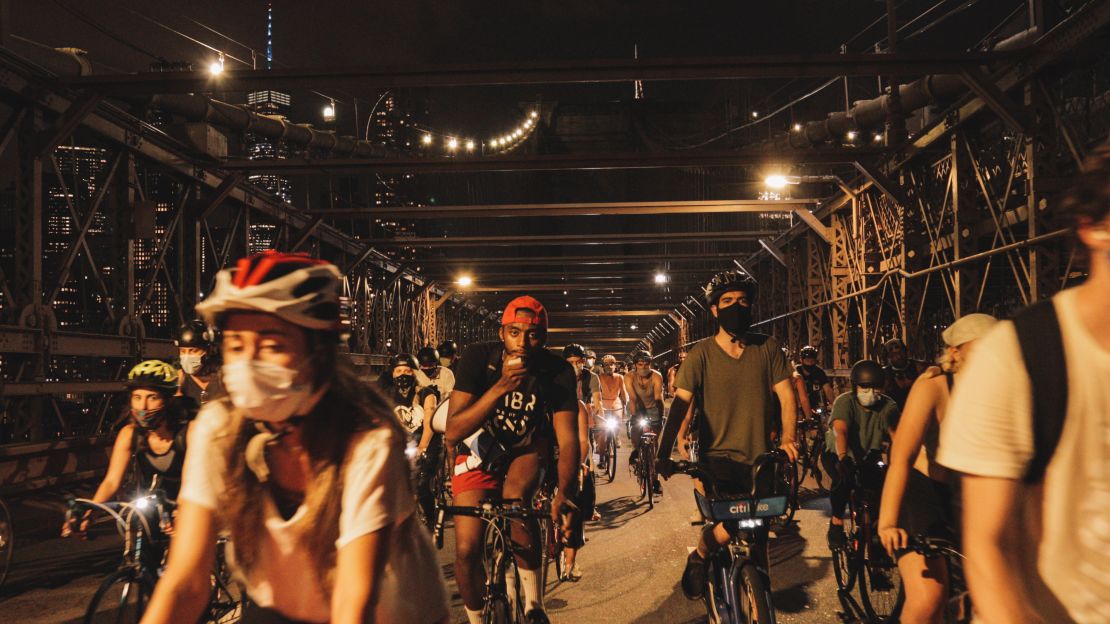
Before the pandemic, 22-year-old Tyrell Taylor and 12 of his friends used to get together and do anything they could to stay active. Those meetups came to a screeching halt once New York started shutting down in March.
To beat the boredom, they formed a group called MBR, or Mind, Body, Results, for organized bike rides.
After the death of George Floyd, those leisurely rides became acts of protest.
The group meets every Friday at 6 p.m. with a few exceptions. They’ve occupied the Brooklyn Bridge, Washington Square Park and Times Square, among other iconic New York locales. At their largest protest, Taylor and his friends rode with 1,000 cyclists.
Clogging the streets with bikes is both disruptive and peaceful, Taylor, a graduate student at Medaille College, told CNN. Their bikes have become their platforms for anti-racism.
“Our main focus is to be a community, a family,” Taylor said, “Without that, we’re just a bunch of strangers yelling ‘Black Lives Matter’ and that’s not what we want to create, we want people to know and be familiar with what they’re going into the protest to achieve.”
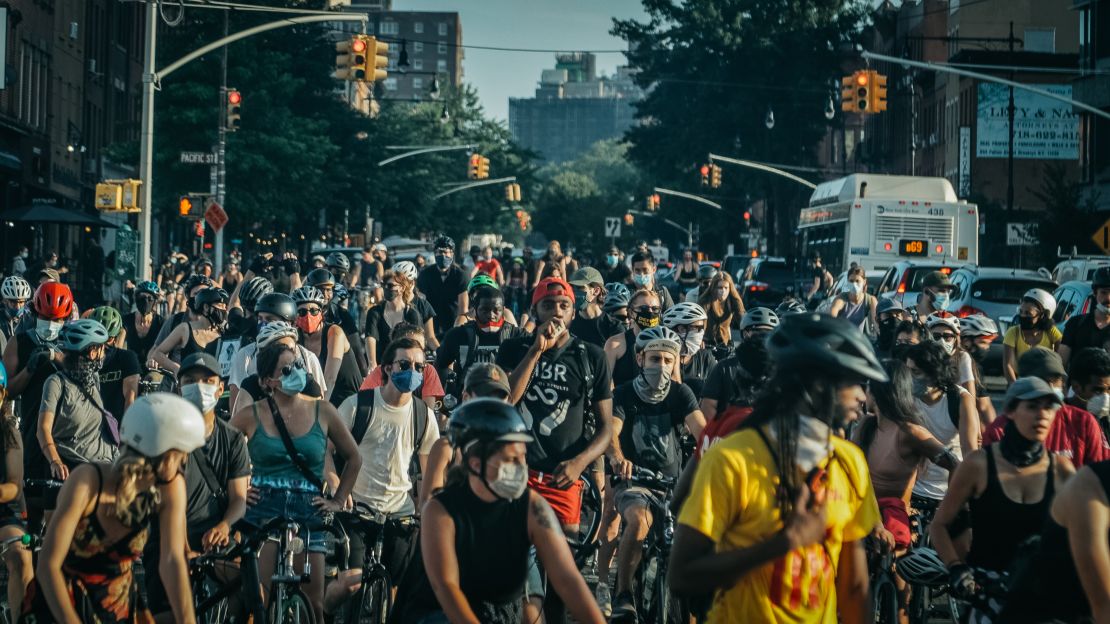
The group’s founding members have all experienced dehumanizing encounters with police – racial profiling, police brutality, stop-and-frisk. Like many Black Lives Matter protesters, they’re calling to defund the city’s police department. NYPD funding accounts for around 6% of the city’s overall budget.
Taylor has had to cancel protests at times, but the group would come back the following week stronger. Quitting would mean throwing away almost two months of progress, Taylor said
“I would say, even if you feel like it’s getting repetitive, if you’re getting tired of doing it, continue to do it, because they’re waiting for you to stop,” he said. “And knowing that they’re waiting for us to stop, makes us want to go twice as hard.”
Taylor said he thinks now the movement for Black lives is peaking.
“People are falling off, but it’s our job to maintain this peak.”
To be an ally
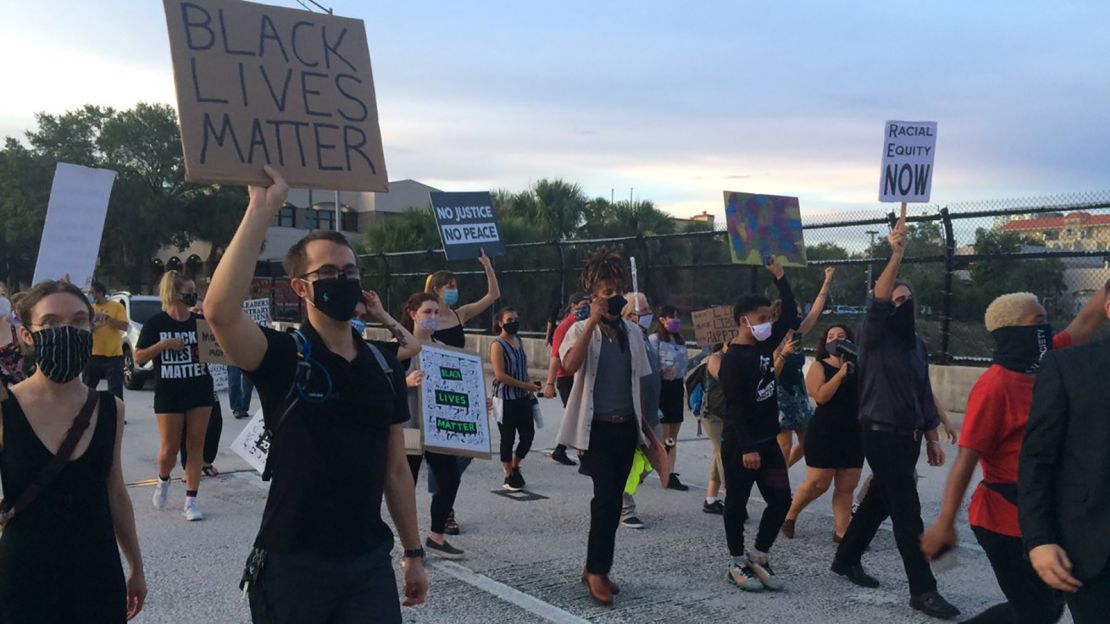
Florida native William Kilgore has hardly gone a day without marching for Black lives since protests began in May. He’s documented the demonstrations in St. Petersburg, a burgeoning city along the state’s Gulf Coast, on Twitter since their inception, and he said he’s seen them grow more unified, even if turnout is lower than it was initially.
“You have to understand that this is a marathon, not a sprint,” he told CNN. “I’d say the focus and organization is actually much stronger than it was on day one.”
Kilgore, who is White, said his community appears to be progressive, but the Black Lives Matter movement has laid bare inequalities in education, income and opportunity within the city.
“Racism is still deeply ingrained in every institution of this city,” he said.
The St. Petersburg Police Department showed it was receptive to change this month when it announced it will dispatch social workers to some non-violent calls instead of uniformed officers.
It’s a start, said Kilgore, who support defunding the police department, but “not enough to satiate people’s thirst for true equality.” The announcement came around the same time police began to fine protesters for blocking the street.
Florida has its hands full with the coronavirus pandemic with nearly 400,000 cases, and St. Petersburg is no exception with over 14,000 of those cases. But Kilgore said attention must continue to be paid to the movement for Black lives.
“I plan on staying the course as long as it takes to achieve radical change here in St. Pete,” he said. “I am in it for the long haul.”
To disrupt the status quo
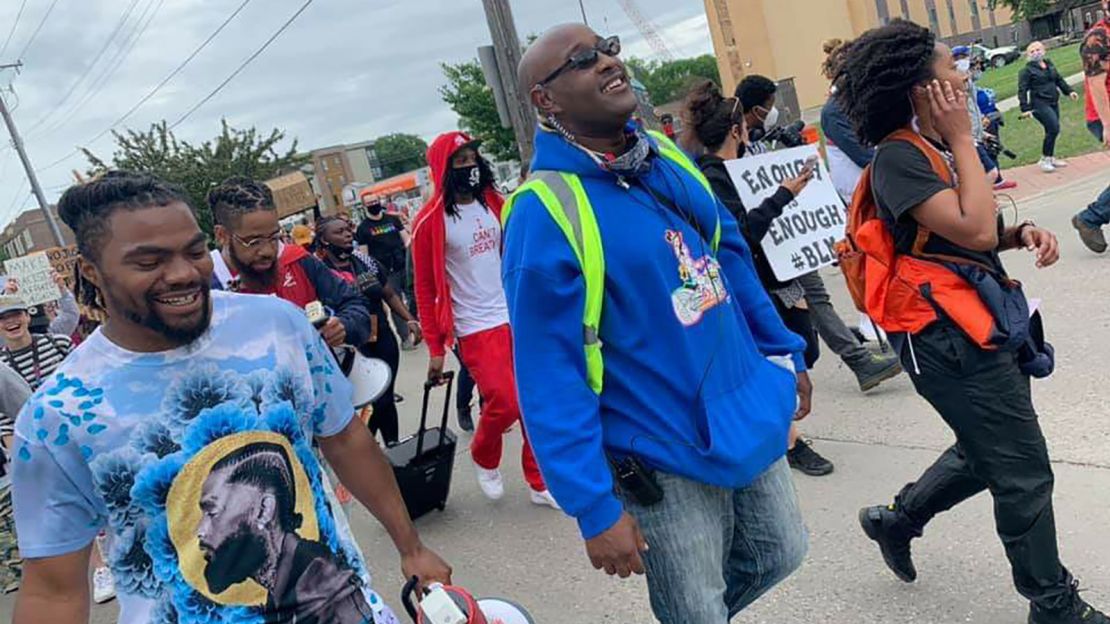
Fargo, North Dakota, didn’t have a formal Black Lives Matter chapter until a few days after the death of George Floyd, when four residents coalesced to found the organization’s Fargo-Moorhead branch.
They’ve had to become a family fast.
Before they joined the Black Lives Matter board, they advocated for Black lives in Fargo in different ways: Kiara Jackson is president of North Dakota State University’s Black Student Association, where she met fellow board member and graduate student Frederick Edwards Jr. There’s Faith Dixon, who runs a daycare and nonprofit in Fargo, and Jamaal Abegaz works with the local Democratic Socialists group.
For their differences in background and age, they’re a formidable team. They’ve led several marches since May 30 in their predominantly White community and met with local officials to plead for change.
Their work energizes them. It’s also made them targets, they told CNN.
They’ve been told their protests “make the town look bad.” Abegaz said he’s received death threats.
“Just the simple act of saying that things need to change and that we’re not going to go along with the status quo puts our lives in harm,” Abegaz said.
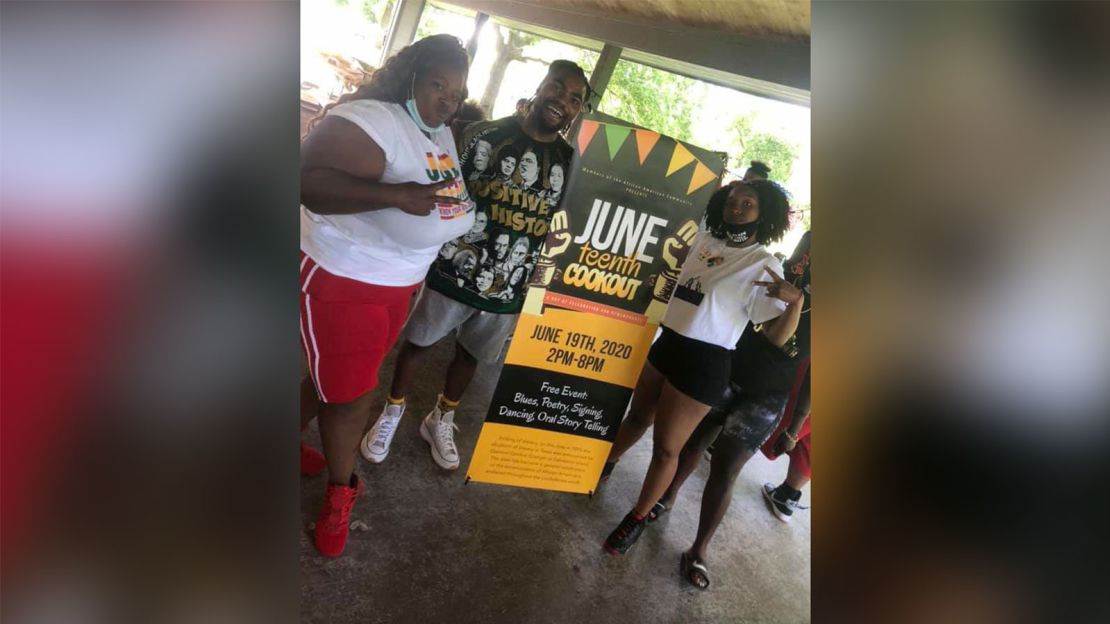
The violence of the first protest has affected subsequent turnout. The initial march after Floyd’s death attracted over 3,000 participants. Now up to 300 people join them, the group told CNN.
Dixon said they’ve been painted as the enemy, which intimidates residents from joining them.
“We are citizens of this community which we love,” Dixon said. “I own a business here. Our families are here. Why would we want to see a city we care so much about be ruined … We’re four individuals that have a right to speak and have a right to protest, and why is it such a huge fight just to do that?”
Among their demands are defunding the police, or reallocating some of the police department’s budget to social services like education and public health. They want a police oversight board that doesn’t include police, and they want new police recruits to complete a college-level course about the cultural diversity of the area. And they’ve asked police to immediately end their use of force, including the use of tear gas and rubber bullets at protests.
The demonstrators will hold as many more protests as it takes for those changes to come, Dixon said. Their work has become a part of who they are.
“We’re organizing for our lives,” Abegaz said. “We have to live, so we’re not going to live under somebody’s boot.”




